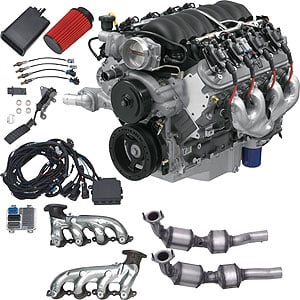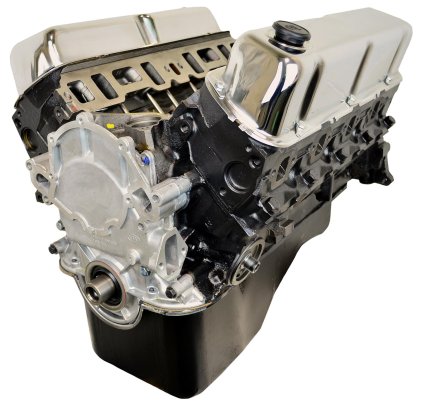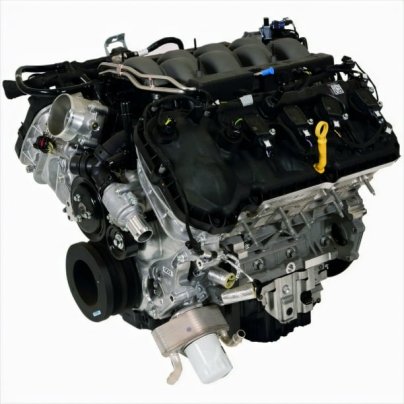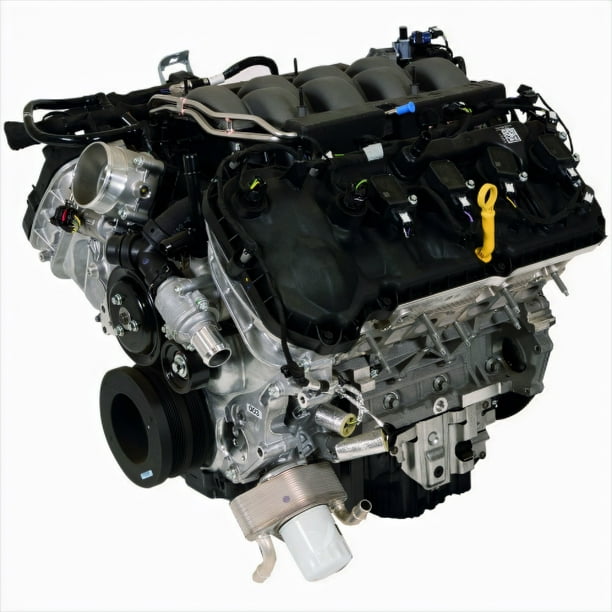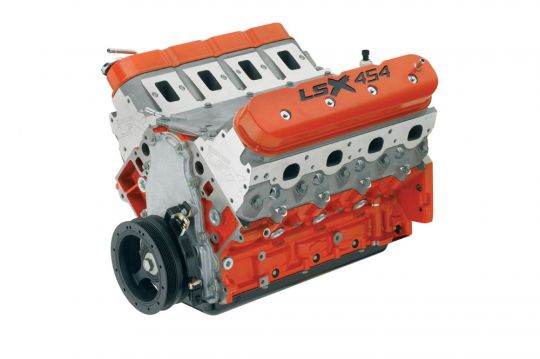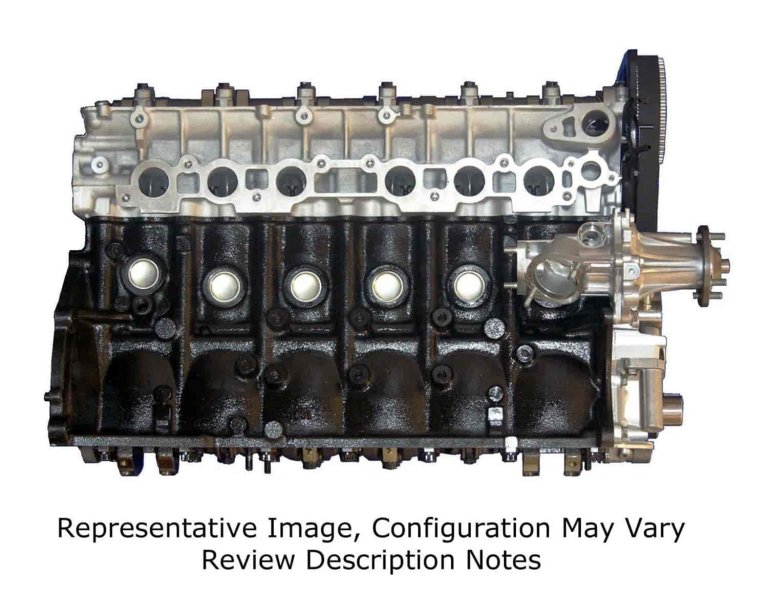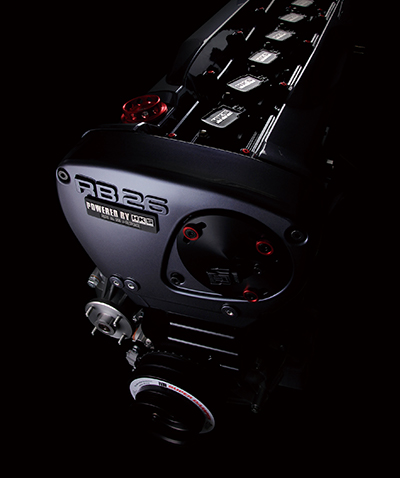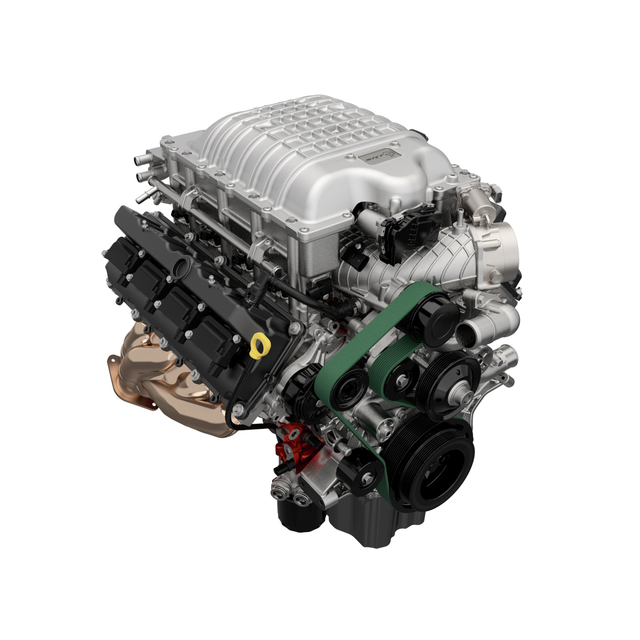We may earn revenue from the products available on this page and participate in affiliate programs. Learn more ›
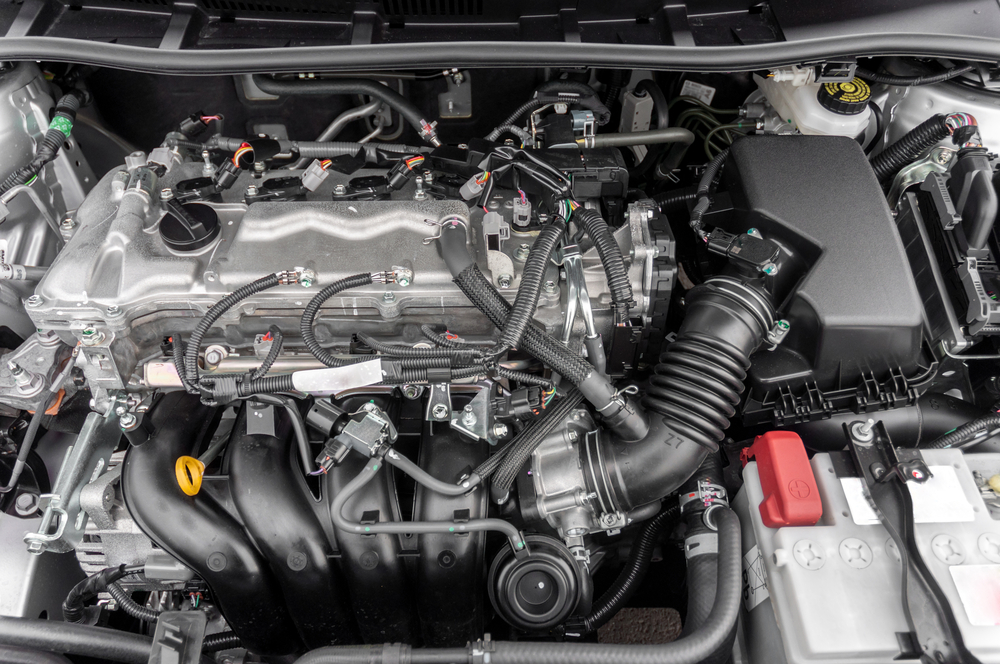
While there’s plenty of glory in building an engine specifically to suit your demands, it’s not for everyone. Countless hours of work go into figuring out exactly what parts and modifications you need to meet a certain goal. You can follow existing build plans to make things a little easier, but it’s not always as simple as following a specific sequence of events. Crate engines, however, are a quick way around all of the homework. You open a catalog, find what best matches your demands, and away you go. Well, even that’s a little complicated as catalogs have largely been replaced with the world wide web which makes it hard to sort through the endless sea of suppliers. Relax, that’s what we’re here to help you with.
Summary List
Best Overall: Chevrolet Performance E-ROD LS
Best Value: ATK High-Performance Ford 351W Stage 1
Honorable Mention: Ford Performance Parts M6007-M50C 2018-2019 Coyote 5.0L Crate Engine
Best LS: LSX454 Long Block Kit
Best EV: Eluminator Mach E Electric Motor
Best Toyota: ATK Engines Remanufactured Crate Engine 2JZGTE
Best Nissan: HKS RB26DETT 2.8L High-Response Engine
Best Classic Chevrolet: Edelbrock Performer RPM 410 Crate Engine
Best Hemi: Mopar Replacement Hellcrate Redeye Long Block Crate Engine
Our Methodology
If you don’t spend your free time looking at the crate engines available to your platform, getting depressed that other builders spend a whole lot less money and even more depressed when you realize you can’t afford even that, you’ve got the wrong hobby. Our point is that browsing crate engines and daydreaming about the possibilities familiarized us with the territory. A few members of The Drive’s ace team of big dreamers had a hand in picking out what’s featured below. Of course, the trusty ol’ routine of being professionals and doing the research to ensure we’re providing relevant results helped us from being biased in any way about what’s featured.
Best Crate Engine Reviews & Recommendations 2022
Best Overall
Chevrolet Performance E-ROD LS
See ItBest Value
ATK High-Performance Ford 351W Stage 1
See ItHonorable Mention
Ford Performance Parts M6007-M50C 2018-2019 Coyote 5.0L Crate Engine
See ItBest LS
LSX454 Long Block Kit
See ItBest EV
Eluminator Mach E Electric Motor
See ItBest Toyota
ATK Engines Remanufactured Crate Engine 2JZGTE
See ItBest Nissan
HKS RB26DETT 2.8L High-Response Engine
See ItBest Classic Chevrolet
Edelbrock Performer RPM 410 Crate Engine
See ItBest Hemi
Mopar Replacement Hellcrate Redeye Long Block Crate Engine
See ItOur Verdict
Since we’re forced to pick a “favorite,” we might as well use reason and stand by the Chevrolet Performance E-ROD LS. It’s just an all-around solid performer with great aftermarket support. Then again, something like the ATK High-Performance Ford 351W Stage 1 is a great choice for anyone looking to restore their classic ford. Picking a crate engine isn’t just something you do at random, though. So, we want to know if you have any suggestions on what crate engines builders of specific platforms should consider!
What to Consider When Buying a Crate Engine
Not everyone needs an LS, RB26, Hemi (yes, you do), or Coyote in their life. The platform you’re working with and your build plan will ultimately determine what works best for you. In other words, our list of suggestions might be nothing more than a source of platforms to ogle at. That’s why we want to take the time to talk a little about crate engines, what you should consider, and how to decide what exactly you should be looking for.
Types of Crate Engines
Rebuilt/Remanufactured/Direct-Replacement Engines
Rebuilt or remanufactured engines are among the most widely available and affordable choices. All these terms mean is that the third-party seller took an existing engine with a good core and went through to ensure it’s back to factory specifications. Speaking of factory specifications, if you’re just looking for a direct replacement, this is probably the type of offering that’s available to you. It’s just as good as an engine that’s brand new.
The manufacturer of a vehicle may offer direct replacement crate engines for your car. For the most part, this is something that’s limited to performance or specialty engines, though. These engines are brand new, as though they were assembled to go with a car coming fresh off the assembly line. Because of this, you can generally expect the price point to be quite a bit higher than remanufactured engines but it does depend on the platform.
Performance-Built
Crate engines that are already worked over are also widely available. These engines can feature a list of custom parts such as pistons, rotating assemblies, camshafts, intake manifolds, and forced induction systems to meet a specific performance goal. As you can expect, these engines are often a lot more expensive than the previous types of crate engines that we visited. That said, they can be either brand new directly through the manufacturer or remanufactured by a third-party supplier.
Don’t bank on these engines being complete in all situations. It’s common for them to come paired with performance numbers, but the lack of intake components can create some discrepancies in what numbers your exact combination produces.
Race-Ready
Sometimes sanctioning bodies get involved and enforce a long list of rules for what parts engines used in certain events can or cannot use. Racecar owners can either build an engine to match a specific list of rules or buy a crate engine approved by the sanctioning bodies for events. This is typical for something like circle-track racing. And yes, the tech inspectors might even go as far as looking at the engine internals on race day to ensure that the pistons and rotating assembly meet their standards, especially if it doesn’t match a supplied list of accepted platforms by sanctioning bodies.
Crate Engine Key Features
Compatibility
Crate engine compatibility is something that has many meanings. For many, it might just mean ensuring the motor is a direct match for the application. For others, it can mean making sure that it’ll work with the parts they need for an engine swap. It can even suggest that the engine matches rules set forth by a particular event in some cases. In any situation, you need to do your homework to ensure that the engine reaches the criteria you need it to.
Power Output
The amount of power that an engine puts out is something to pay close attention to. It’s easy to simply look at peak power, but you want to consider when it makes that power and how. Compression ratio, displacement, and power curves all tell you how that engine behaves. How and when it makes power ultimately tells you what kind of driving it’s good for.
Use of Appropriate Parts
We can say that you want to make sure quality parts are used in the crate engine. However, that paints a broad stroke that doesn’t explain what you’re looking for. If it’s a factory-spec engine, “quality parts” is typically a descriptor telling you the engine uses factory equipment. That is fine for a direct-replacement engine, but those components may be risky for use on performance engines. If you’re looking for an engine that boosts performance, make sure to look at the types of pistons, connecting rods, and crankshaft used to ensure it’ll handle the power it produces.
Inclusion of Parts You Need
You’ll see that some engines don’t come with the induction system, sensors, and other parts necessary to their function. In the case that you can scrap these parts from your old engine, that’s not a big deal. If you don’t have an old engine to pull pieces from, you might want to consider a different crate engine. Sure, the long-block does make up for a significant portion of the expenses associated with engine building, but the small “nickel and dime” parts can quickly add up to a big price tag.
Crate Engine Pricing Considerations
There’s no basic price range structure when it comes to crate engines. In some cases, new direct replacement engines can cost somewhere in the realm of $3,000-$5,000 alongside remanufactured engines. There are also direct-replacement engines that cost as much as race-ready engines or much more. Some engines are just more expensive than others. For example, a 426 Hemi crate engine built to stock spec can be twice the cost of a worked-up small block Chevy that produces more power. In short, how much you pay is largely dependent on the application you are working with.
Tips and Tricks
As with something you do for decades upon decades, you pick up a few tips and tricks along the way in terms of selecting the right product, and/or using it. That’s the case with us and crate engines. To help you bridge the information gap, here’s a selection of what we’ve learned along the way.
- Don’t rule out short blocks. You might not find a crate engine that suits your needs, but that doesn’t mean you’re out of luck. You can purchase a high-performance short block to fit heads and a valve train that’ll meet your demands.
- Don’t go with more than you need. It’s tempting to invest in a more powerful engine. Keep in mind that more power is more wear and tear. The factory transmission and drivetrain might not be able to keep up with the power you’re introducing, leading to significant headaches and more expenses.
- There’s still plenty of work ahead of you. Crate engines don’t install themselves, and you’ll need plenty of time to “drop one in.” Not only does that mean that you’ll need the tools for the job, but enough time to do it right. Always remember that things never go the way they’re supposed to. Calculate that into the time you set aside to work on your car.
- Be conscientious of who you’re giving your money to. There are a shocking amount of suppliers offering crate engines. Be aware that not all are as respectable as they make it seem. Take the time to research the suppliers and find one that you know you can trust.
- Consider your machine shop. Just because an old motor is worn down doesn’t mean it’s junk. Your local machine shop can likely breathe new life into an engine by honing the cylinders, rebuilding the heads, and so on. It’s always a good idea to support local businesses, and the machine shop can even build an engine custom to your demands.
FAQs
You’ve got questions. The Drive has answers.
A: It depends on the style of driving you do and the car you are fitting it into. If the vehicle is your daily driver, then consider matching the replacement engine as close to your original one as possible. If you plan on racing, choose one with more power and torque.
A: That is a tricky question to answer. Ultimately, it depends on your particular case. In any situation, however, it’s not as simple as just removing the old engine and dropping the new one in place. You will need to carry over any accessories or parts from the old engine that are essential to getting it running. In short, you’ll need to do your homework to find out what’s necessary for your particular setup and the engine you’re using.
A: That depends. If you’re just experiencing mechanical issues, there’s no reason that you couldn’t use the accessories and sensors attached to your old engine unless they’re junk. It’s best to evaluate each of the components you’re considering carrying over to ensure they’re suitable for use.
